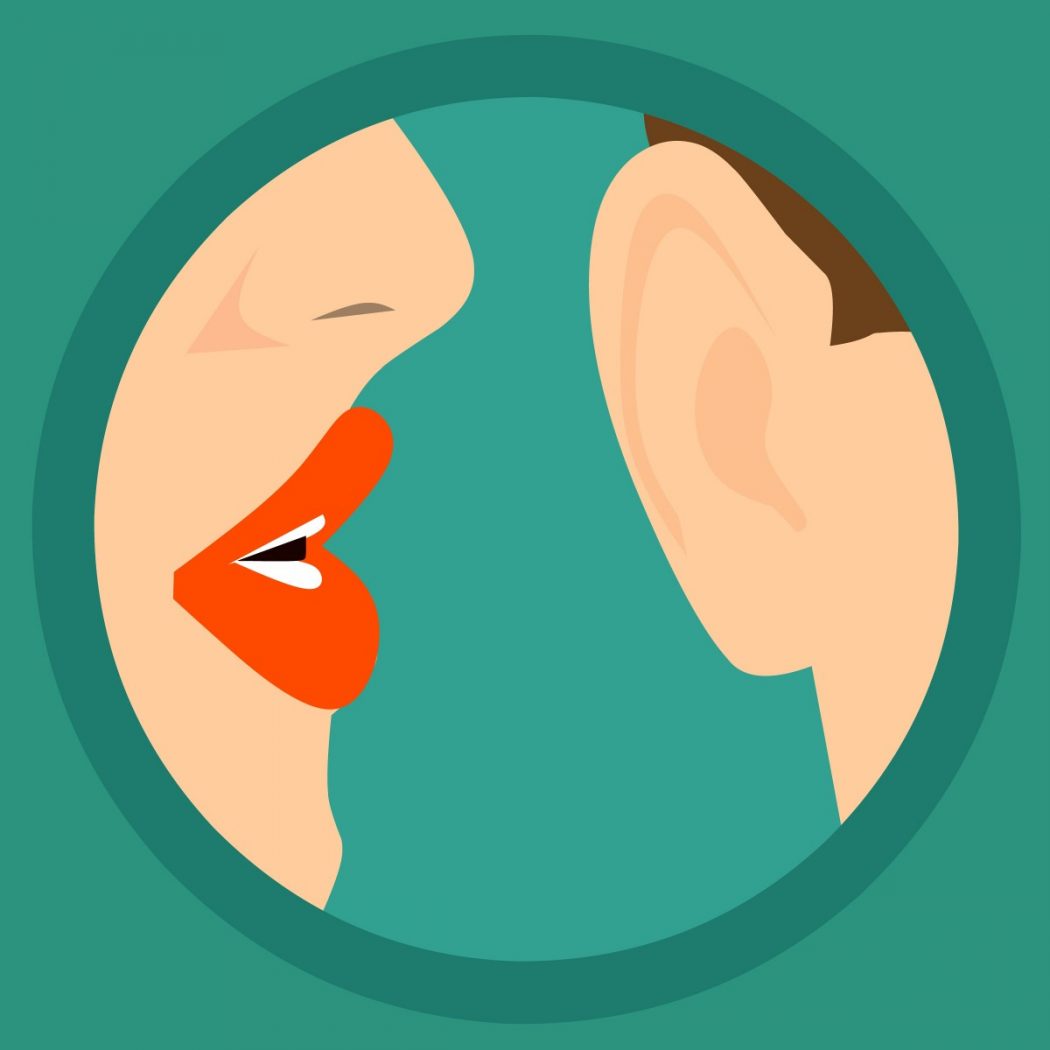Imagine this: it’s Thursday evening, you’ve had a long day of hustling to take detailed notes in class before the professor switches slides, and later sitting in the library with a burning and poorly-tasting cup of Premier Moisson coffee, trying to catch-up nonetheless. Exhausted, you get home and open Instagram’s discover page, hoping to ease off the stress with a funny video or a new Kardashian-Jenner scandal. Instead, you find a video of someone dipping their fingers into a potted, slimy substance, cutting lipsticks with a heated kitchen knife, or decidedly articulating consonants into a microphone.
Autonomous sensory meridian response (ASMR) – you either hate it or love it.
Under the acronym ASMR, there has been a recent craze for such highly satisfactory and possibly uncomfortable content, with Snapchat users even creating their own kind using earphone microphones and bubble wrap, crispy or creamy foods, or long nails on laptop keyboards. While seemingly ordinary, these sounds have magical powers that create a tingling feeling starting with the crown of your head and spreading to the rest of your body. And despite being everyday sounds, the term ‘ASMR’ was only coined in 2010, shortly after creating a large community of individuals sensitive enough to singularly enjoy white noise or lip smacking.
…many commenters online attribute ASMR as an aid to stress, insomnia, anxiety, and even P.T.S.D.
While some consider this trend ultra-weird, they ignore its long history of physiological benefits. This summer, a first-of-its kind study conducted by the University of Sheffield has revealed the significance of ‘brain tingles’ to specific triggers, towards both mental and physical health. Listeners or watchers of ASMR have significant reduced heart rates (with an average of 3.14 beats per minute), feel more calm and relaxed, and experience a larger amount of positive emotions and social connection. Interestingly enough, this scientific study proved the benefits of ASMR to match those of music and mindfulness. Perhaps if we pushed the controversies aside, prolonged whispering, ecstatic tapping, or slicing and melting things that shouldn’t be treated in such a way, provides a new alternative to stress-management. In fact, many commenters online attribute ASMR as an aid to stress, insomnia, anxiety, and even P.T.S.D.
Some have claimed to strongly dislike ASMR, presenting a genetic condition called misophonia; “an extreme dislike of some sounds”, as explained by Dr. Craig Richard of Shenandoah University for The New Yorker. Personally, I find it odd for someone not to enjoy ASMR, or simply fail to notice its healing powers to mental and physical health. While it is a trend usually indulged in privately (headphones help volumize the sounds), these sounds are sensual – not erotic. It is also not an uncommon trend – people can find ‘ASMR’ triggers in everyday situations, like popping bubble wrap when receiving a package, using a perfectly smooth lipstick, or stepping on a fresh sheet of snow. While ASMR typically involves sound, the sensation can be driven from various sources – including sight, touch, and taste.
These videos are getting thousands of views, slowly becoming a major business area as sold online…
Quite recently, Instagram and Snapchat accounts have been creating similar yet different content to ASMR, of ‘oddly satisfying posts’: smoothing paints on a canvas, perfect calligraphy, or squeezing balls that gush out coloured liquid. Famous enough to lie on Instagram’s discover page everyday, the most famous type of posts include slime – a gooey substance usually made of Elmer’s glue, baking soda, and contact solution (however ingredients may be changed or added to create different types of slime, including fluffy, floam, cleaning, glitter, popping, glow-in-the-dark slimes). These videos are getting thousands of views, slowly becoming a major business area as sold online, and even with Elmer claiming that its sales of white and coloured glue rising. Although satisfying to watch, the key pleasure still lies in the sticky and crackling sounds the slime makes when squeezed or poked (and the satisfaction from only watching messy slime get moved around, rather than making it yourself).
Without a doubt, this newly popular and highly controversial trend will continue expanding, and thousands of new satisfaction geeks will create social media accounts dedicated to squishing, mixing, or pulling apart odd substances. Despite its haters, perhaps ASMR will become a crucial part of our lives – with special importance in digital advertisements, films, or even day-to-day conversations.



